Exclusive: "I let the migrants make their own photographs" says winner of Sony World Photo Awards
Self-portraits of migrants waiting to cross the Mexico/US border take the crown at Sony World Photography Awards
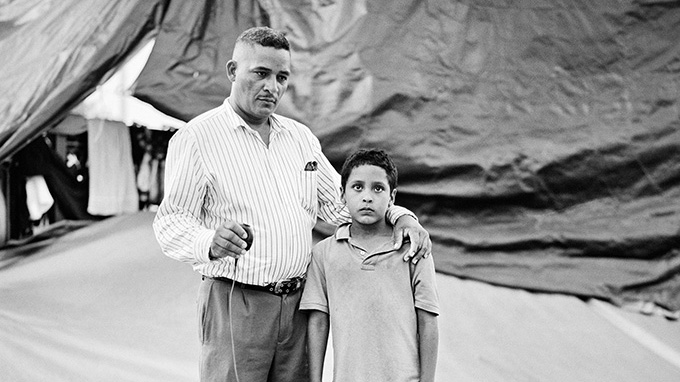
The overall winner of the Sony World Photo Awards is perhaps one of the most radical yet, since Adam Ferguson didn’t actually take the photos. Instead, the Australian photographer stepped back from the camera, allowing his subjects to be the agents of their own portraits, and in doing so created a series of images that truly speak of the people who appear in them.
'Migrantes' is a series of black-and-white self-portraits of migrants in Mexico as they wait to cross the border into the Unites States. Taken on a medium format film camera set up on a tripod, these powerful images differ from everything else in the exhibition due to the way they’re shot. By removing himself as the image director and giving his subjects a cable release to take the photo when they're ready, Adam has given the power of representation back to the people whose stories he is sharing.
• These are the best medium format cameras
“I was really interested in making a set of photographs which felt different photographs that were being made photojournalistic sense, not that that work isn’t important and very critical to understanding events in real-time,” he told us.
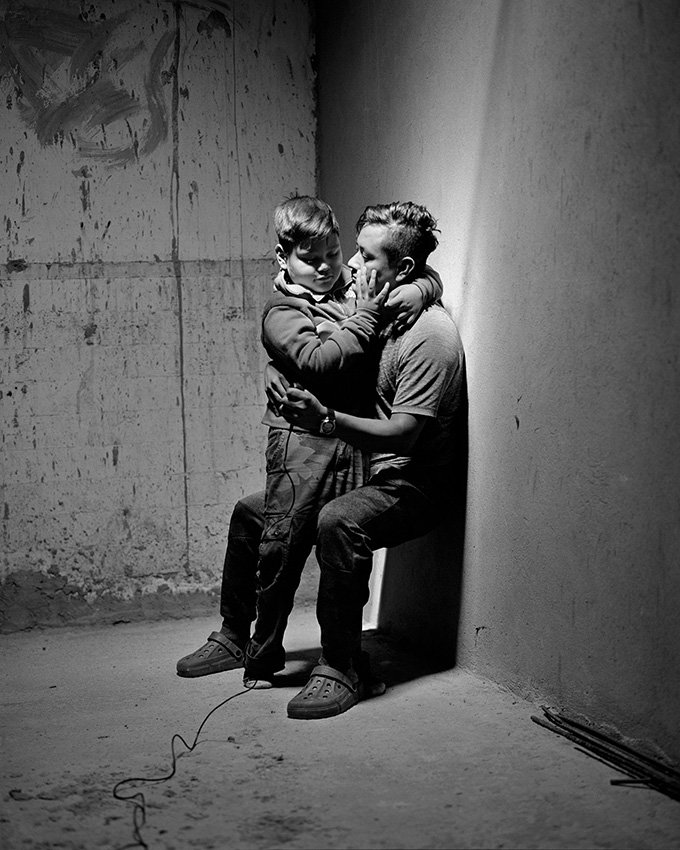
Conscious not to blur the lines between exploitation and documentation, Ferguson didn’t want to create stereotypical photojournalistic images of marginalized migrants living in dire circumstances.
“ My intention was to go and cross into Mexico and try and make a set of photographs, which allowed an audience to connect in a way with hopefully, more empathy than the sympathy of seeing somebody in this dire part of their life.”
His aim to create images that felt intimate, quiet and honest so that audiences could look at them and engage with the migrants in a way that stimulated a bit more empathy was a beautiful success. Rather than depicting his subjects “just as poor people scrambling across a border,” Adam wanted to show them as mothers and fathers, sons and children – people who have ambition, as we all do.
Get the Digital Camera World Newsletter
The best camera deals, reviews, product advice, and unmissable photography news, direct to your inbox!
“I decided to work collaboratively and let the migrants make their own photographs, which I'd never done before as a photographer, or perhaps even as a facilitator as I guess you'd call me in this set of photographs. That was an experiment with my process, artistically it has been done before but nobody has ever used that process in mainstream journalism.”
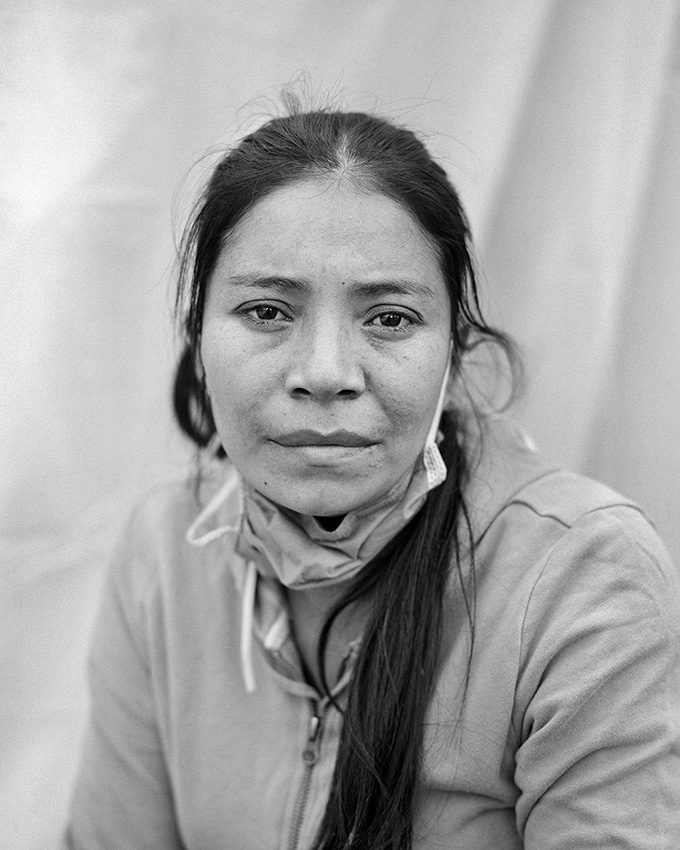
This fresh approach to photojournalism is a remarkable alternative that makes the images that much more impactful – so much so that they made the front page of The New York Times. For the first time in the publication's history, a joint byline was published that listed the migrant's names alongside Adam's as the photographer. "It was it was a gesture in a way to just just allow the individual to participate and have agency and telling their story."
Documentary photographers and photojournalists have been criticized for their approach to the practice since people first coined the term and somehow, Adam has found a way that he can share the stories of these people without subjecting them to exploitation.
For each of his portraits, Adam shot one to two rolls of film before editing and retouching the images. One of his photos features Amy Rose Henríquez, a 26-year-old transgender migrant from El Salvador who took the photo at Hotel Omare in Juarez, Mexico. Despite being accepted and loved by her family, her sexual identity led her to experience violence and transphobia which is what led her to flee.
When it came to shooting the image, Adam tells us that she was joined on the rooftop by other transgender people who wanted to show their support. Feeling shy posing in front of so many people, Adam asked everyone to walk to the other side of the rooftop, turn their backs and allow Amy to take the shot. The resulting image was a stark contrast to the shyness she felt, showing a fierce woman with endless courage.
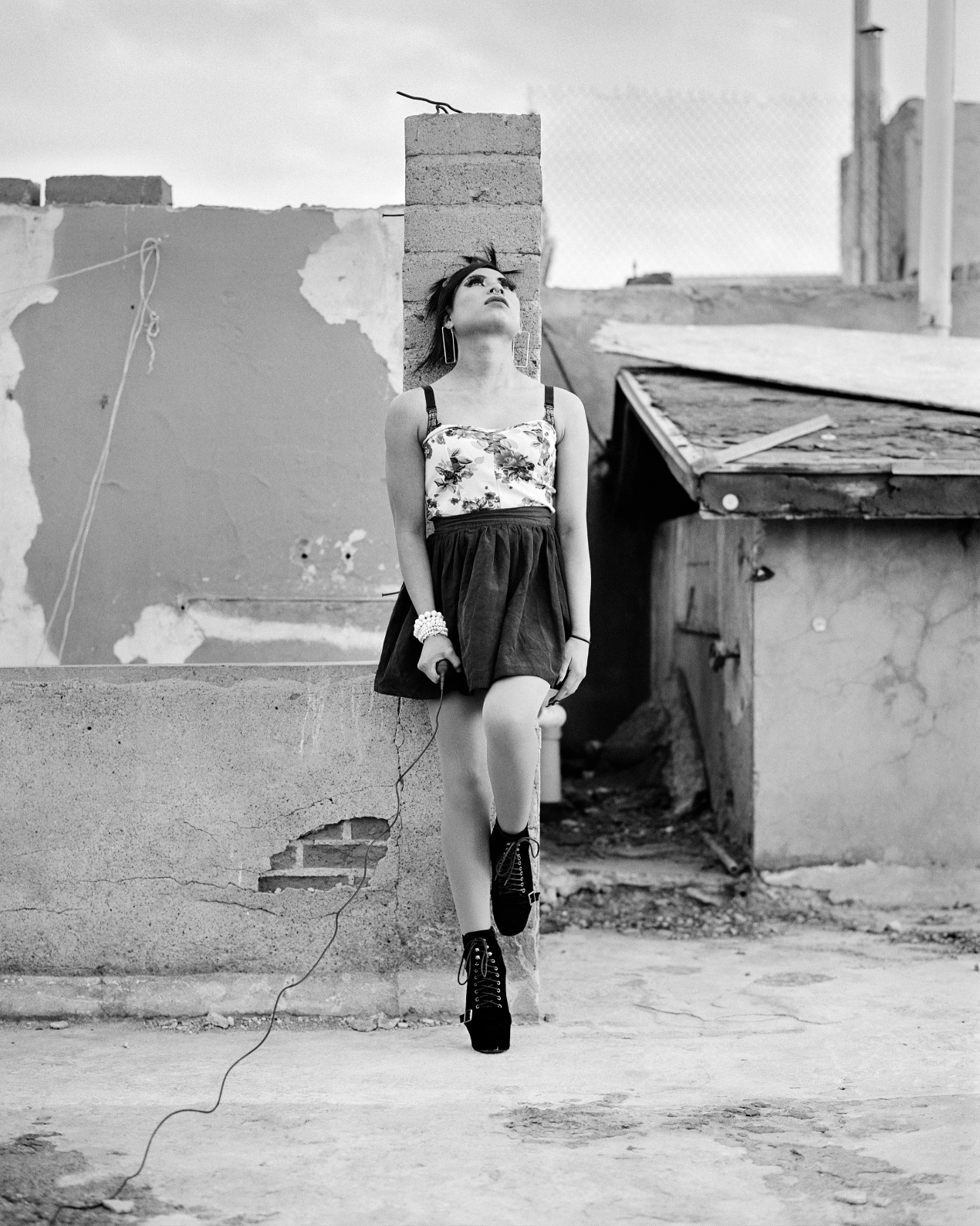
No stranger to shooting people less fortunate than himself, during his career Adam has experience moments of darkness and torment due to the nature of his work. From photographing warzones to survivors of Boko Haram and now migrants in search of a better way of life, Adam explains how his projects have impacted him.
“It's left me incredibly grateful for everything I have but it’s also been difficult at times in my life to process vicarious trauma. Some of the conflict work I did early in my career was very traumatic and I’ve taken a lot on during my career and I’ve managed to process it but I’d probably be lost without a lot of meditation."
Even though Adam’s work has made him “restless and troubled at times” his photography continues to tell the stories of people and places that trigger an emotional response, not just from Adam but from the audience that views his work. Adam plans to continue his Migrantes series and return to the Mexico border, but he is currently unsure of whether he will expand the project to include migrants from other parts of the world.
Having recently moved back to his homeland of Australia after a five-year stint in New York, Adam is currently working on his next big project – a photo book documenting Australia's colonial legacy. Grateful for the experiences he's had, people he's met and stories he's shared, Adam will continue to explore new methods of photojournalism while using this self-directed approach to shoot future projects when plausible.
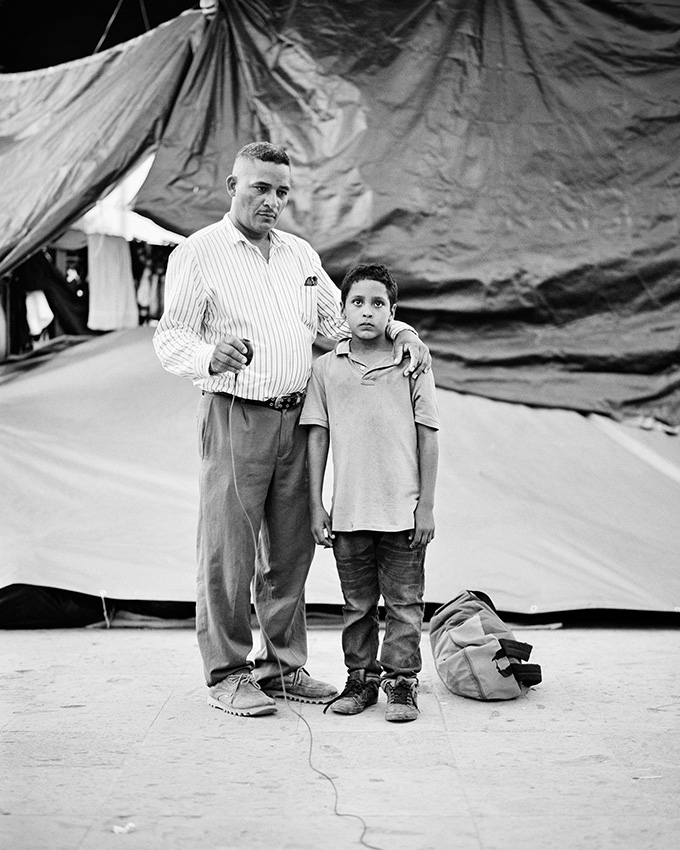
Read more:
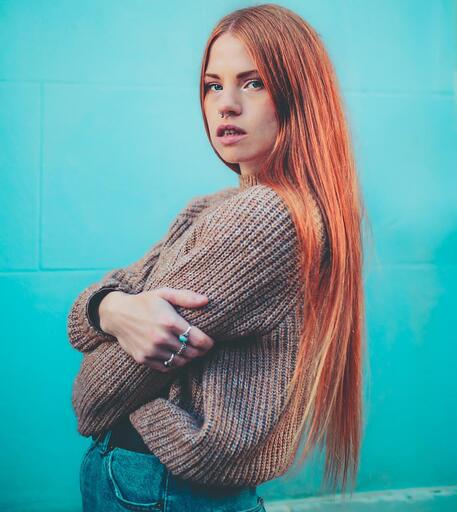
Having studied Journalism and Public Relations at the University of the West of England Hannah developed a love for photography through a module on photojournalism. She specializes in Portrait, Fashion and lifestyle photography but has more recently branched out in the world of stylized product photography. Hannah spent three years working at Wex Photo Video as a Senior Sales Assistant, using her experience and knowledge of cameras to help people buy the equipment that is right for them. With eight years experience working with studio lighting, Hannah has run many successful workshops teaching people how to use different lighting setups.
